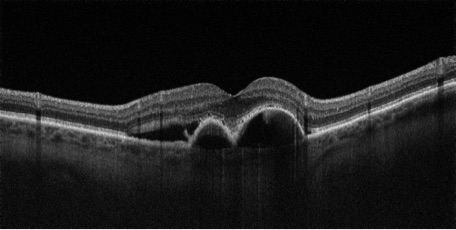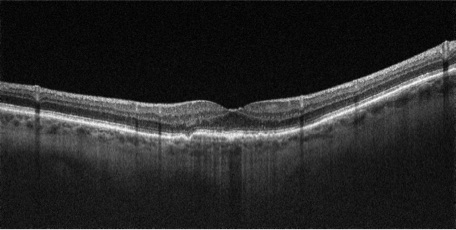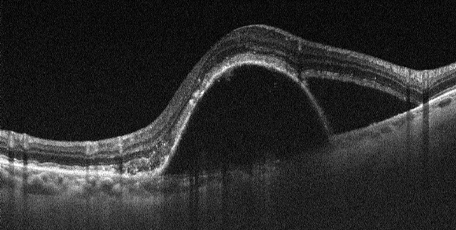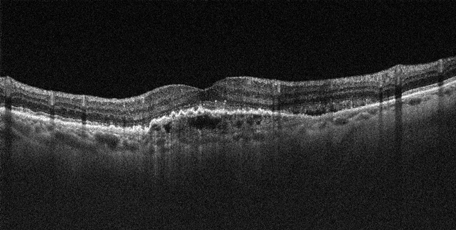What is the Macula?
The macula is the central area of the retina responsible for central vision. It makes up only a small part of the retina, yet it is much more sensitive to detail than the rest of the retina (called the peripheral retina). The macula allows you to do things like thread a needle, read small print, and read street signs, whilst the peripheral retina gives you side vision.
What is AMD?
Age-Related Macular Degeneration or AMD is a retinal eye disease that causes progressive loss of central vision whilst leaving the peripheral vision intact. This progressive degeneration affects the macula, hence it makes it difficult to do things like read, drive, write, recognise faces and perform daily tasks.
AMD can be divided into two general types:
- Dry (Atrophic): it results from a slow wearing away of the layers of the macula, and occurs over many years. As dry AMD progresses, you may notice central blurring or distortion in your vision. With dry AMD, vision loss is usually gradual and people who develop it must carefully and constantly monitor their central vision, partly because the dry form can change into the more damaging form of macular degeneration known as wet AMD.
- Wet (Exudative): it is due to leakage of blood or fluid from abnormal blood vessel growth into the dry AMD and it can cause damage more quickly to your central vision than the dry form of AMD. The blood vessel growth is called choroidal neovascularisation (CNV) because the vessels come from the choroid (the blood vessel layer under the retina) and the longer these abnormal vessels leak or grow, the higher the risk of losing detailed vision. Therefore wet AMD generally leads to sudden distortion or loss of central vision within a short period of time.
What are the symptoms?
With macular degeneration, you may have symptoms such as blurriness or dark areas or distortion in your central vision, and perhaps permanent loss of your central vision. It usually does not affect peripheral vision. A change in colour vision may also occur as the macula is the part of the retina responsible for colour vision. Many people are not aware that they have the disease until they have a noticeable vision problem or until it is discovered during an eye examination.
Who is at risk?
The risk of AMD increases as a person gets older, with one in seven people over the age of 50 developing AMD. Genetics also play an important role; hence people with a family history of AMD are at a higher risk of getting the disease. Smoking is a significant risk factor for developing AMD.
How is the condition diagnosed?
Due to the fact that most AMD cases go undetected until significant changes have occurred, regular eye exams by an eye health professional can be of great help for early detection. In addition, checking your own eyes weekly with an Amsler Grid is important for early detection of AMD.
Dr Hilford will undertake a dilated examination of your eyes and tests such as optical coherence tomography (OCT) and/or fluorescein angiography will be required.
What are the treatment options?
Currently there is no curative treatment for dry AMD. However, there are various ways to help slow down the progression of dry AMD.
- Cessation of smoking (if applicable)
- Eat a diet rich in fresh fruit and green, leafy vegetables
- Increase intake of fish and other omega rich foods
- Macular supplements (if applicable)
- Wear ultraviolet protection when outdoors
- Monitor vision with the Amsler grid
- Routine comprehensive eye exams
Treating wet AMD normally involves the use of anti-VEGF treatment via intravitreal injections. Dr Hilford will discuss injection types and treatment regimes based on your therapeutic needs.









